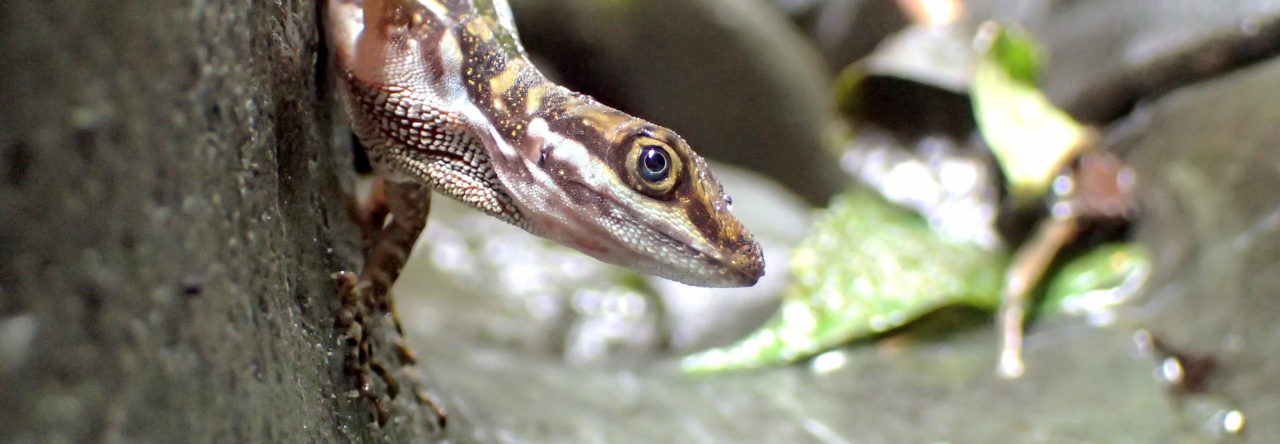
Clockwise from top left: Emily Dickinson, Robert Frost, John Keats, and You
What do all these people have in common? Well, they’re all poets in case you didn’t know it. On Nov. 21 2009, two years ago to the day, Jonathan Losos contributed the first Anole Annals blog post. The post contained a few of my Anolis themed haikus including:
Poe named an anole
williamsmittermeieror’m:
Ponder, weak, weary.
AND
Perched on a warm day,
Dewlap dewlap dewlap dew –
Blackbird predation.
In celebration of two years and 369 anole-related posts that followed, Anole Annals is hosting a poetry slam for all you anole wordsmiths out there.
Over the next two weeks, we challenge you to create a poem or poems in any form (e.g. haiku, limerick, sonnet, lyric, quatrain etc.). The only requirement is that they relate to anoles in some way.
Read More










